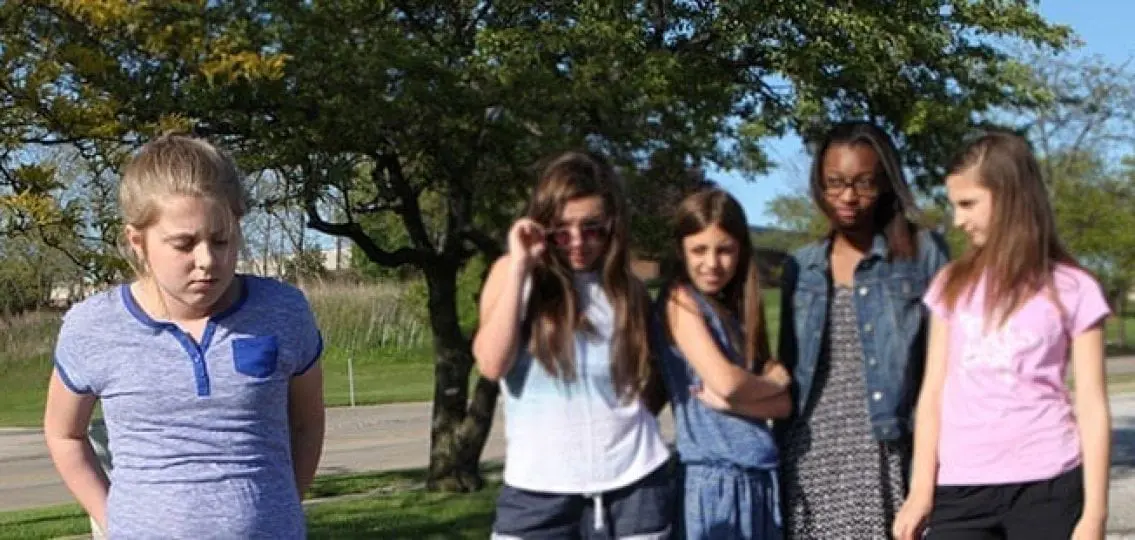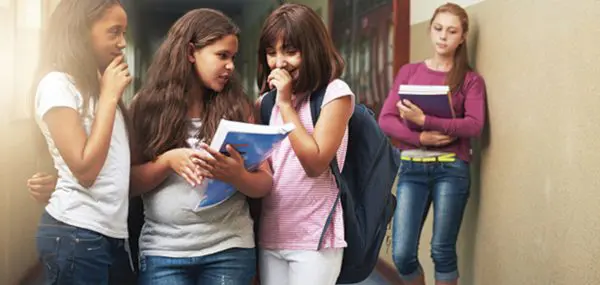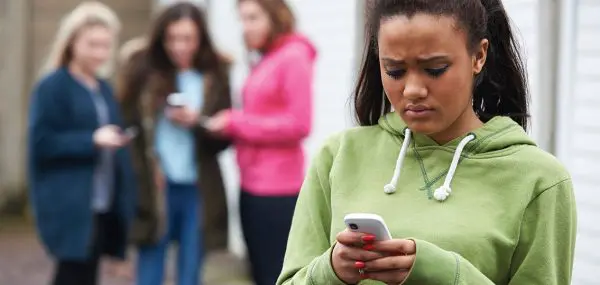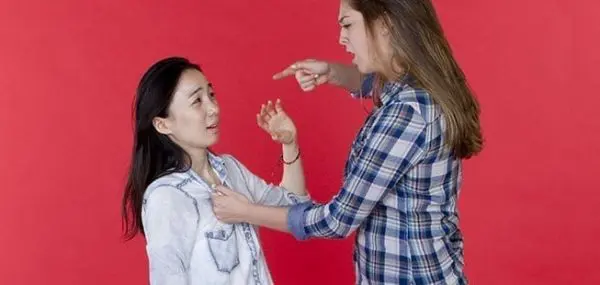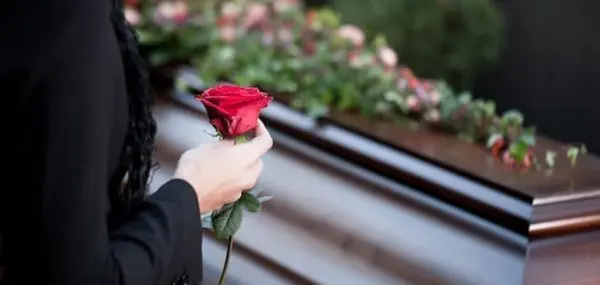How You Can Institute Anti-Bullying Programs
As a teacher, I see kids behaving badly. They call each other names. They’ll exclude each other from activities. They’ll make fun of one another for the way they look, walk, talk, and dress. I am proud to report that the frequency and severity of such behavior has dropped considerably at George Street Middle School as a result of Beyond the Hurt, an anti-bullying program developed by the Canadian Red Cross.
Bullying behavior is a societal problem, not a school-based one. School simply reflects the values, behavior, and actions of the larger society. Therefore, in order to address bullying at the school level, our society needs to change, beginning with us, the adults who are the role models for our young people. Before we ask our kids to stop bullying, we need to do a reality check and ensure that we are not doing it ourselves. As we all know, kids learn from our actions more than our words.
When I ask kids why they exhibit bullying behavior, they frequently say that other adults, including their parents, do it. Why shouldn’t they? In some cases, they report that adults even cheer on such behavior or reward it. When I ask targets of bullying and/or bystanders why they don’t report the problem, they say that they worry about the adult’s reaction; they fear not being taken seriously, being told to mind their own business, receiving punitive action, or feeling intimidated. They worry that their peers will consider them snitches. Knowing this, it is astounding that kids ever report bullying behavior to adults.
Bullying Prevention And Anti-Bullying Resources
The George Street Middle School Beyond the Hurt program uses a three-pronged approach to address bullying. First, we try to replace negative labels, like bully, enabler, and victim with terms like bullying behavior, bystander, and target of bullying, because at some point, everyone has assumed each of these roles. We teach kids to avoid judging others and instead to come up with positive solutions to the bullying dynamic.
Next, we encourage young people to take leadership roles in school and beyond. Our leaders created a Facebook page, called George Street’s Friends Against Bullying, where students around the country can share anti-bullying stories and prevention ideas. Our leaders share anti-bullying resources on the school web page. Then our students make anti-bullying presentations to middle school homerooms and elementary schools in a frank, open-minded, and solution-focused manner. By empowering young people, we are equipping them with the knowledge and resources to help each other today, while also giving them the skills to become great role models in the future.
Lastly, we sponsor anti-bullying awareness events and presentations to educate school staff, parents, and community leaders. Through this experience, student leaders learn that they can impact decision-making at the governmental, district, and school levels.
The program has changed the way students at our school approach bullying. Kids speak out more when they see bullying happening to a peer or when they experience it themselves. They report that they feel safer coming to school. And they’re more willing to share their own personal experiences with bullying. They especially appreciate what Beyond the Hurt, our overall staff, and the student population is trying to do.
Still, there is a ways to go, not only at George Street, but in every school in every country in the world. As role models for our youth, we must change our perceptions (e.g. “That my child would never bully,” or “It’s not really hurting anyone”) and behaviors; we must exhibit such qualities as respect, kindness, tolerance, and open-mindedness. When, as a society, we no longer tolerate bullying on any level by any community member, then the culture of schools will change with it.
I am a huge optimist and I believe that our society is headed in that direction. But I am also a realist, and I acknowledge that a lot of work still needs to be done. So, to all parents, school principals, teachers, and other role models for our children, consider what we can do to make a change. As an educator, and more importantly, as a concerned citizen, I believe that I can make a difference and that you can too.
